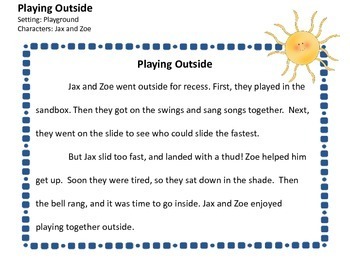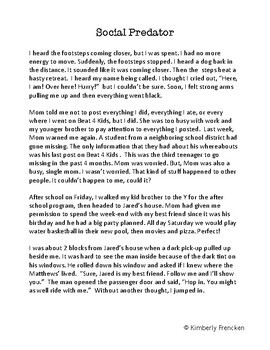

In “The Lottery,” Shirley Jackson starts her classic and bone-chilling story with a conventional opening in this case, immediate action. But in a short story, you don’t have the luxury of chapters for each scenario. Another chapter could describe Jason’s grandfather as father, and a third could trace Jason’s father, finally introducing Jason. In the second example about Jason, after the expansion, an entire chapter could easily be devoted to Jason’s great-grandfather’s mode of discipline and its influence on each family member. You are asked to push beyond the accepted rules of the short story-and you may land at the edge of a novel. The range is also more courageous than the customary background. The design is larger, and the discipline is passed down through the generations. and Isn’tĬan you see from these examples how expansion differs from typical exposition? Both establish necessary grounding, but the expanded dimension is wider. None of the children could escape, and this oppressive mantle was now being passed to Jason. Son to son-and even to sons-in-law (by some bonded osmotic process) as men married into the family. It always got transmitted in torturous exactness from father to It had gone on for generations and didn’t break for holidays, births, funerals, or world wars. Patriarchal discipline was ingrained into the very fabric of the family. From earliest childhood, Jason knew this was what to expect. Step 7: The EndĪ satisfying ending is the perfect way to finish a story.Jason’s father was always hard on him. Challenge them to link the conflict with the turning point to create a meaningful resolution. Ask your child how the conflict in their story pans out. It doesn't always have to make sense – this is your child's time to unleash their imagination! Step 6: The ResolutionĪ good story doesn't finish without a final resolution. Ask your child to think of something that the reader would least expect. It can be a eureka moment, a time where a character discovers a hidden superpower or a surprise that throws the whole story into a spin. The turning point is usually in the middle of the story and helps to make a story more interesting. They can even introduce a new character to shake things up! Step 5: The Turning Point Explain to them when a conflict arises and encourage them to create one for their own story. Help your child understand the concept of conflict in a story by revisiting some of their favorite books. What's special or different about their main character? Maybe it's a cat who enjoys taking baths, a superhero who can't fly or a princess who lives in a cave! Step 4: The ConflictĪ story with no conflict can be rather dull. Ask your child to expand on their original story idea and set the opening scene. Will their main character be a child, an adult or an animal? Will the story be set in the local park, a different country or outer space? Let your child's imagination run wild! Step 3: The BeginningĪll good children's stories have a beginning, middle and an end. Step 2: Create a character and a settingĪsk your child to create a character and a setting. You can also write stories based on real‑life experiences, such as your child's first day of school, an adventure in the park or losing their first tooth. Your child's alternative ending may become great material for a new and original story. Stop and ask your child to make predictions about how the story might end. Step 1: Think of an ideaĪ good place to start is by reading a book together. Helping your child structure their story from beginning to end is a great way to make the writing process a whole lot easier. By planning and writing a story, children learn to put their thoughts in order and use written language to communicate their ideas in a variety of ways.įinding ideas and inspiration for writing a story can be tricky for both children and adults alike. Taking those first steps towards writing a story can be both a fun and challenging activity for your child. Your child can enjoy the fun online story writing factory and create their own story books in Reading Eggs. Story writing helps kids learn to put their thoughts into order and use written language to communicate their ideas.


Back to Articles A Step‑by‑Step Guide to Helping Your Child Write a Story


 0 kommentar(er)
0 kommentar(er)
